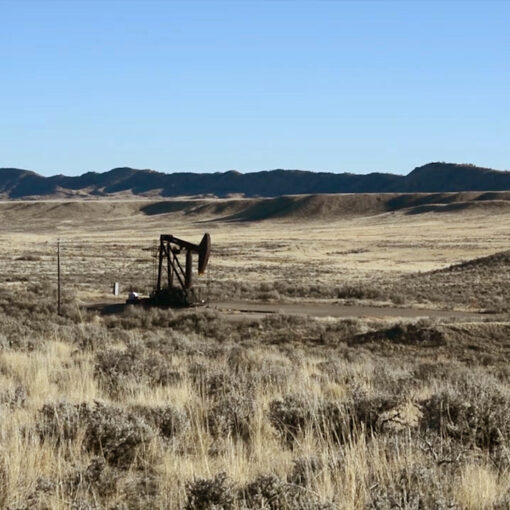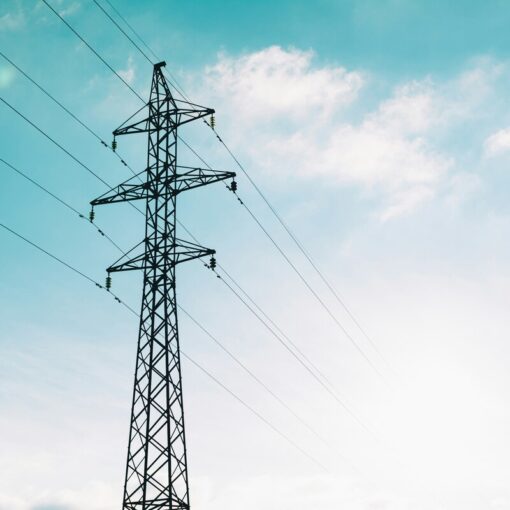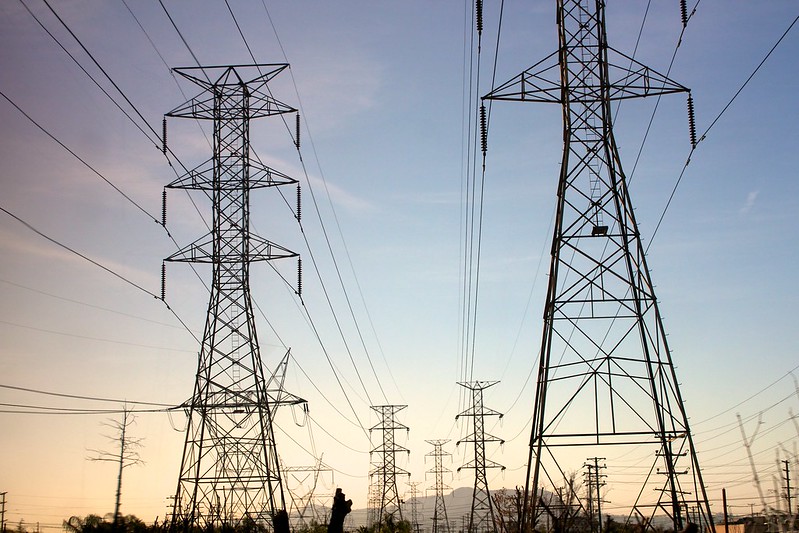By Romany Webb

On Thursday, August 13, the Environmental Protection Agency (EPA) issued a final rule rescinding the new source performance standards for methane emissions from facilities used in the production, processing, transmission, and storage of oil and natural gas. At the same time, EPA also rescinded the standard for volatile organic compound (VOC) emissions from facilities used in oil and natural gas transmission and storage. Production and processing facilities remain subject to the VOC standards, which EPA claims also adequately control methane emissions, since the two pollutants are typically released together. However, in a separate rule, EPA finalized various changes to the VOC standards that limit their effectiveness in controlling pollution. Among other things, EPA has weakened the requirements for leak detection and repair, which it admits will lead to higher emissions.
EPA’s announcement came just weeks after satellite images revealed a 300 metric ton plume of methane, possibly originating from a natural gas pipeline, moving across Florida. Another review of satellite data, published in July, identified major methane hotspots thought to be associated with oil and gas production and transportation in and around Pennsylvania and Texas. Nevertheless, in announcing its rescission of the methane standards, EPA boldly declared that “regulation of methane . . . [is] both improper and redundant.” That is simply not the case.
EPA has sought to justify its rescission of the methane standards on two primary bases. First, EPA argues that it lacks authority to regulate methane emissions from oil and gas transmission and storage facilities under section 111(b) of the Clean Air Act (CAA) (42 U.S.C. § 7411(b)). That section directs EPA to develop standards for categories of stationary source that are found to “cause[], or contribute[] significantly to, air pollution which may reasonably be anticipated to endanger public health or welfare” (dangerous air pollution). EPA listed “crude oil and natural gas production” as a source of dangerous air pollution in 1979. In both 2011 and 2016, EPA concluded that the listed category encompassed “all operations” in the oil and gas industry, including transmission and storage. EPA now claims that conclusion was wrong and that transmission and storage activities are not “sufficiently related” to production to be included in the listed category. According to EPA:
[T]he processes and operations found in the transmission and storage segments are distinct from those found in the production and processing segments . . . because the natural gas that enters the transmission and storage segment has different composition and characteristics than the natural gas that enters the production and processing segments.
EPA later acknowledges, however, that the composition of natural gas is the same in both the production / processing segments and transmission / storage segments in some areas. EPA also falsely claims that the segments are distinct because, in the latter two, “natural gas does not undergo changes in composition.” However, as the Sabin Center explained in comments filed with EPA last year, natural gas often undergoes additional processing during transportation (e.g., at straddle extraction plants) that results in changes in its composition.
Even if EPA’s new interpretation of the crude oil and natural gas source category is accepted, it would not justify rescinding the methane standards applicable to production and processing facilities, which by EPA’s own admission fall squarely within the category. That brings us to EPA’s second justification for rescinding the methane standards. EPA asserts that it is unnecessary to impose methane standards on production and processing facilities because those facilities are subject to VOC standards and the controls used to reduce VOC emissions also reduce methane emissions. EPA, therefore, concludes that rescinding the methane standards “will not actually change the amount of methane emission reductions for the production and processing segments.” That is only partly true, however.
While EPA is correct that the VOC standards will help to reduce methane emissions, those standards only apply to so-called “new facilities” that were constructed or modified after September 18, 2015. There are currently no regulations applicable to older facilities. EPA’s decision to rescind the methane standards for new facilities means that such regulations do not have to be developed. (For an explanation of why, see my previous blog post here.)
EPA has argued that failing to regulate existing sources will have “limited impact” on methane emissions, including because oil and gas producers have “market incentives” to reduce emissions (i.e., because reducing emissions means capturing more natural gas which can then be sold). While that is true, as the International Energy Agency noted back in March, recent declines in natural gas prices “could mean that producers pay less attention to efforts to tackle methane.” It is, therefore, vital to have a regulatory backstop. Seemingly recognizing this, EPA points to state regulations, which is says adequately control methane emissions from oil and gas production. Again, the Sabin Center addressed this point in its comments to EPA last year, explaining:
[M]ost large oil and natural gas producing states do not directly regulate methane emissions. Where state regulations do exist, they are often less stringent than [the EPA standards]. For example, whereas the [EPA standards] mandate quarterly leak surveys of all new transmission compressor stations, some state regulations require only annual monitoring. As such, the state regulations will result in less timely leak repair and thus deliver fewer emissions reductions.
Still, EPA claims that any increase in methane emissions will be minimal, as will the climate impacts of those emissions. EPA based its analysis of climate impacts on a domestic-only social cost of methane, which reflects “an approximation of climate change impacts that occur within U.S. borders” and ignores those occurring overseas, even where they have implications for the U.S. Just last month, however, a federal court in California ruled that the Bureau of Land Management’s use of the same domestic-only social cost of methane was “arbitrary and capricious” because it had not explained why it was more appropriate than the previously-used global value. EPA has not offered such an explanation, either.
EPA’s decision to use a domestic-only social cost of carbon, as well as various other aspects of its decision-making process, will no doubt be the subject of lawsuits. Indeed, shortly after EPA announced rescission of the methane standards, Earthjustice vowed to “hold them accountable in court.” Just how the courts will view EPA’s actions remains to be seen.





